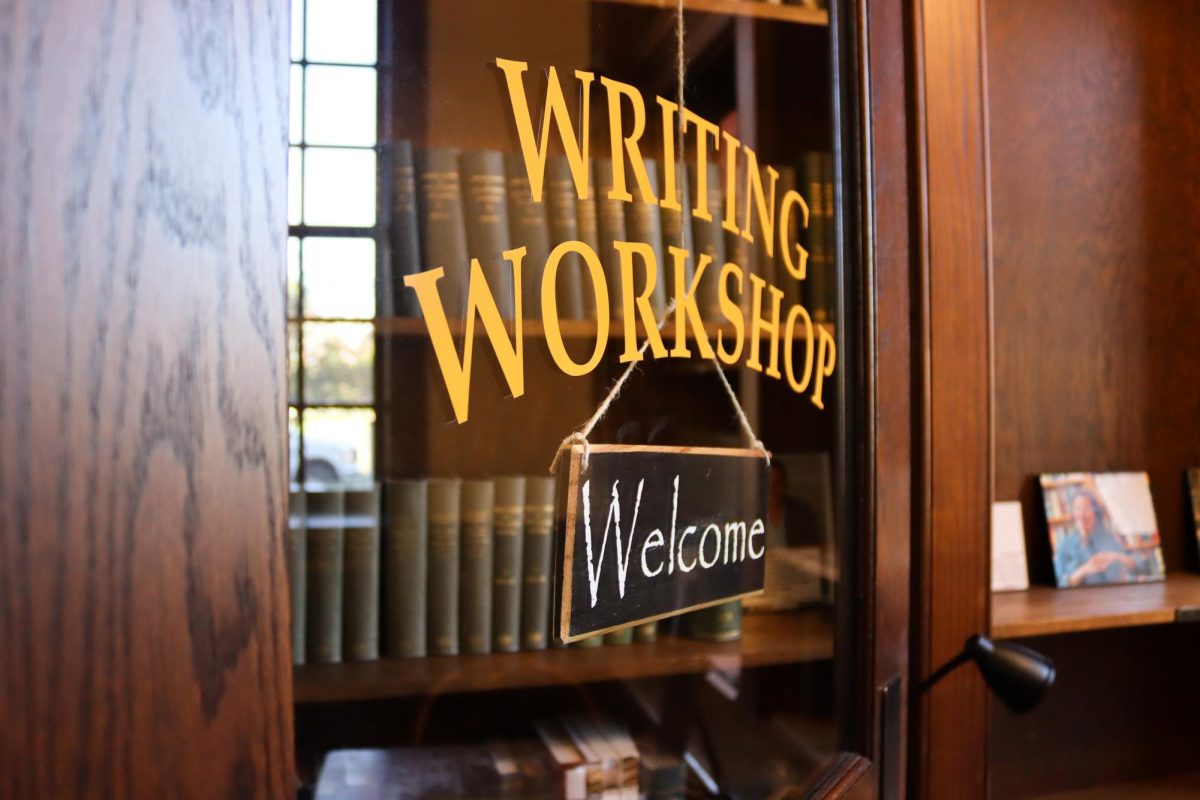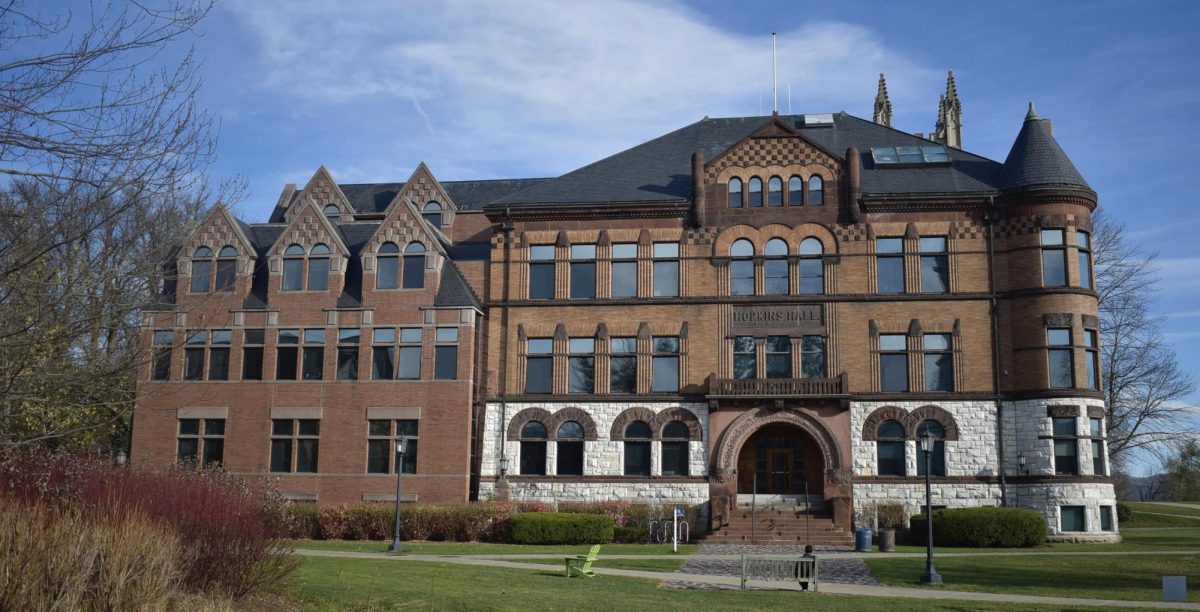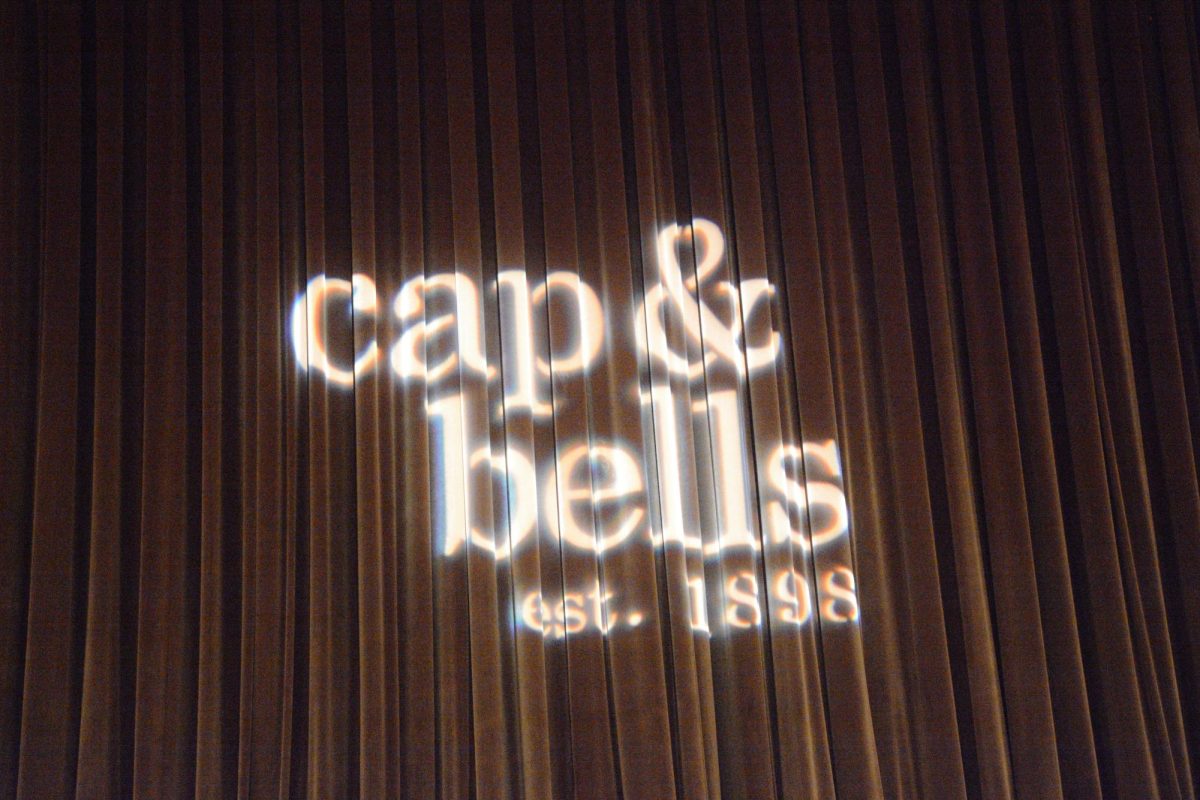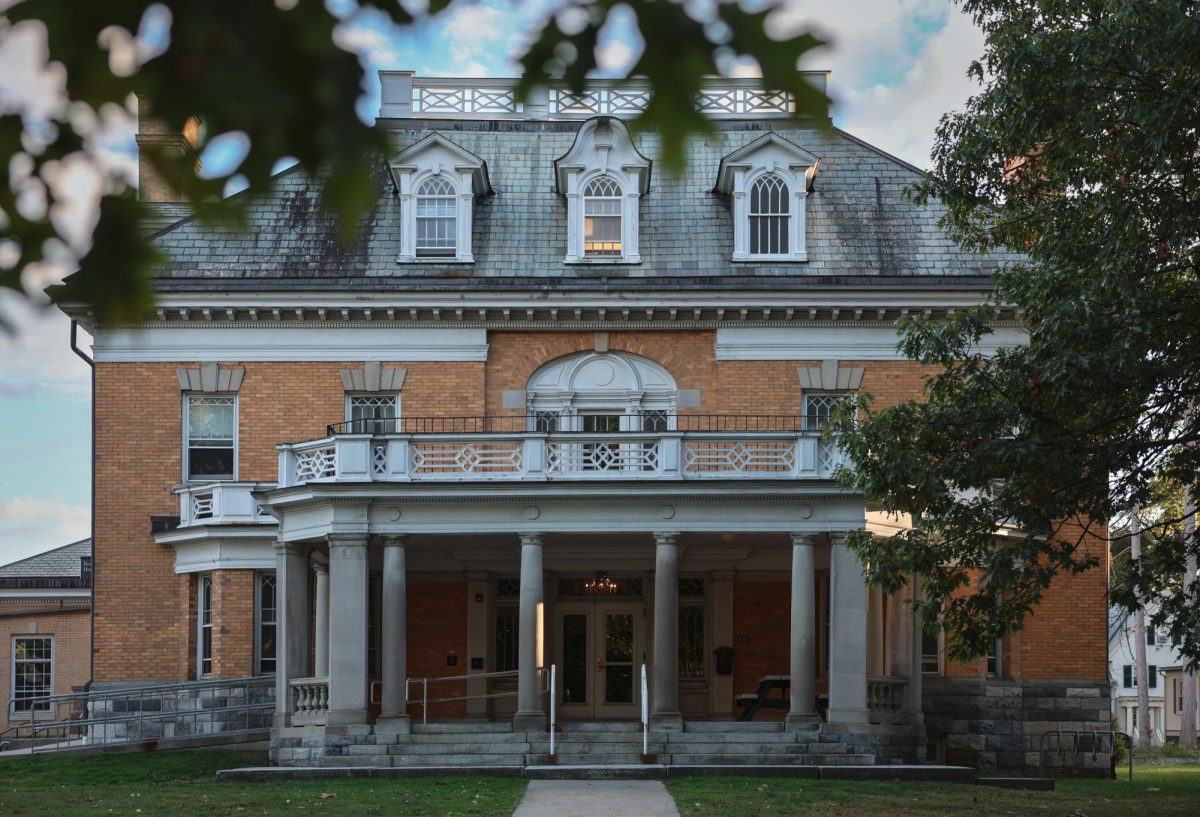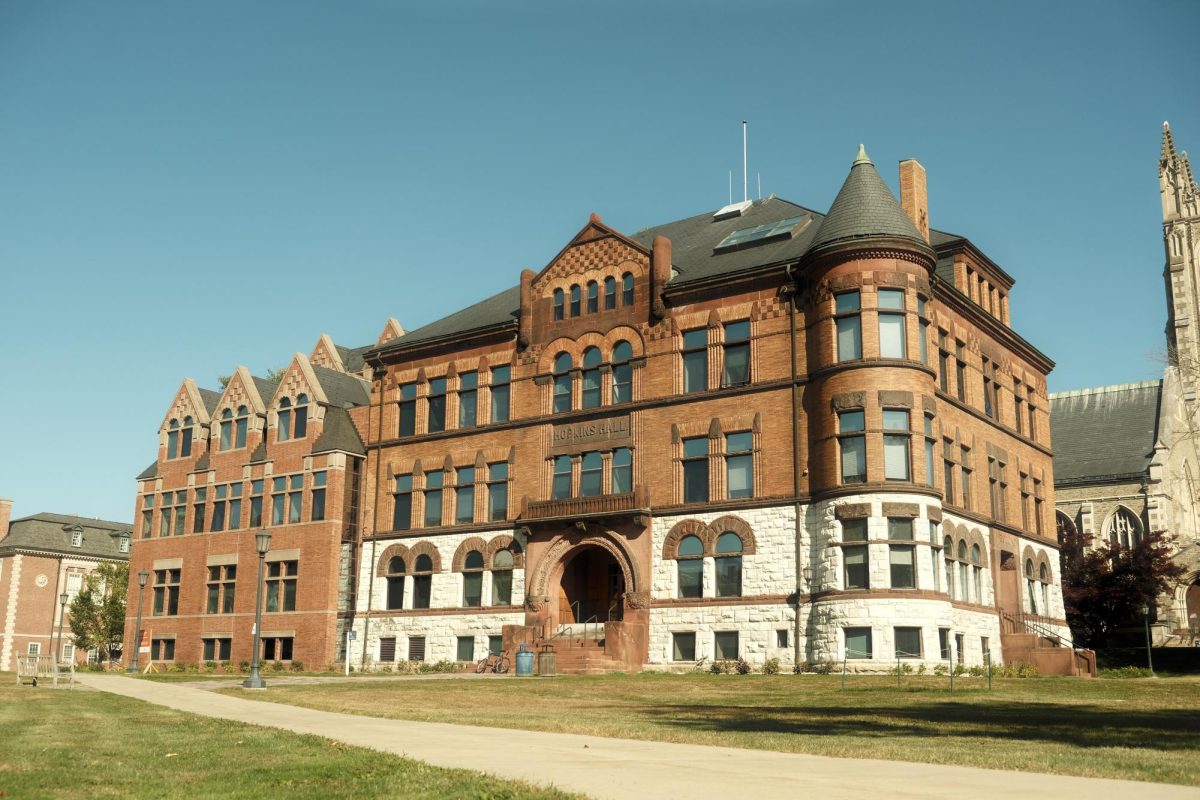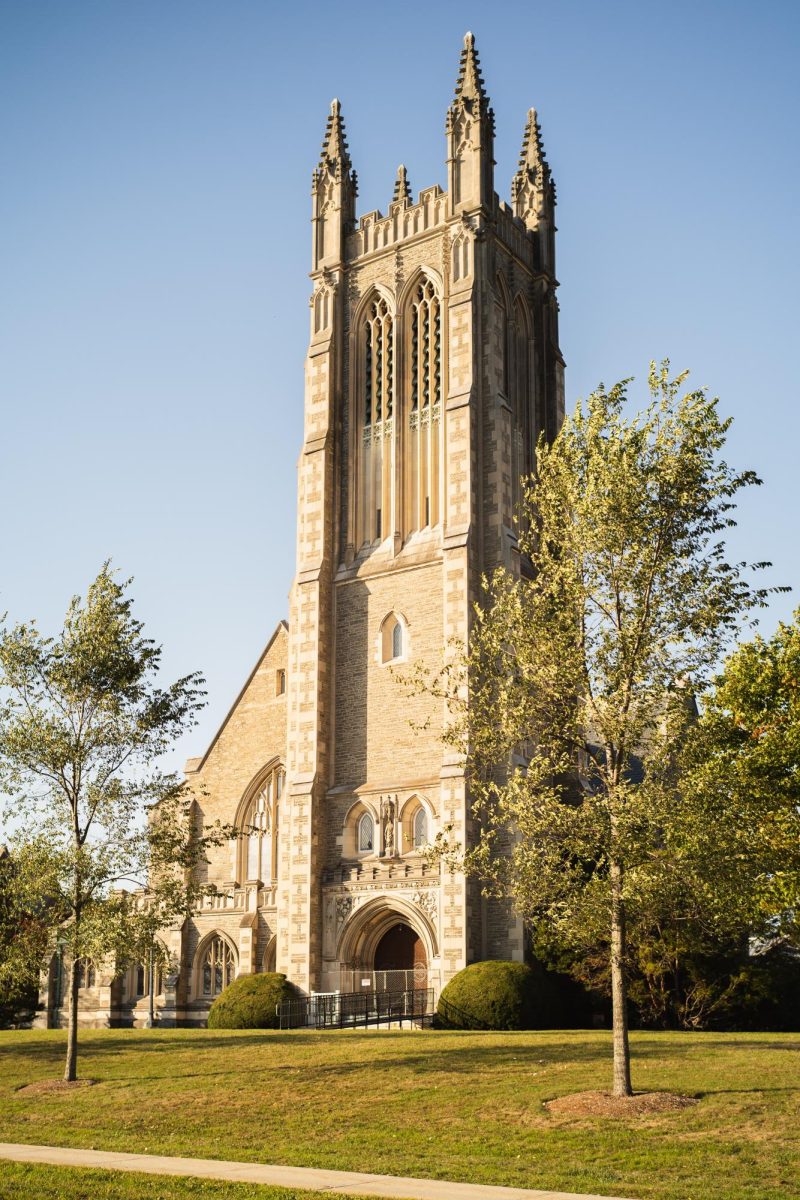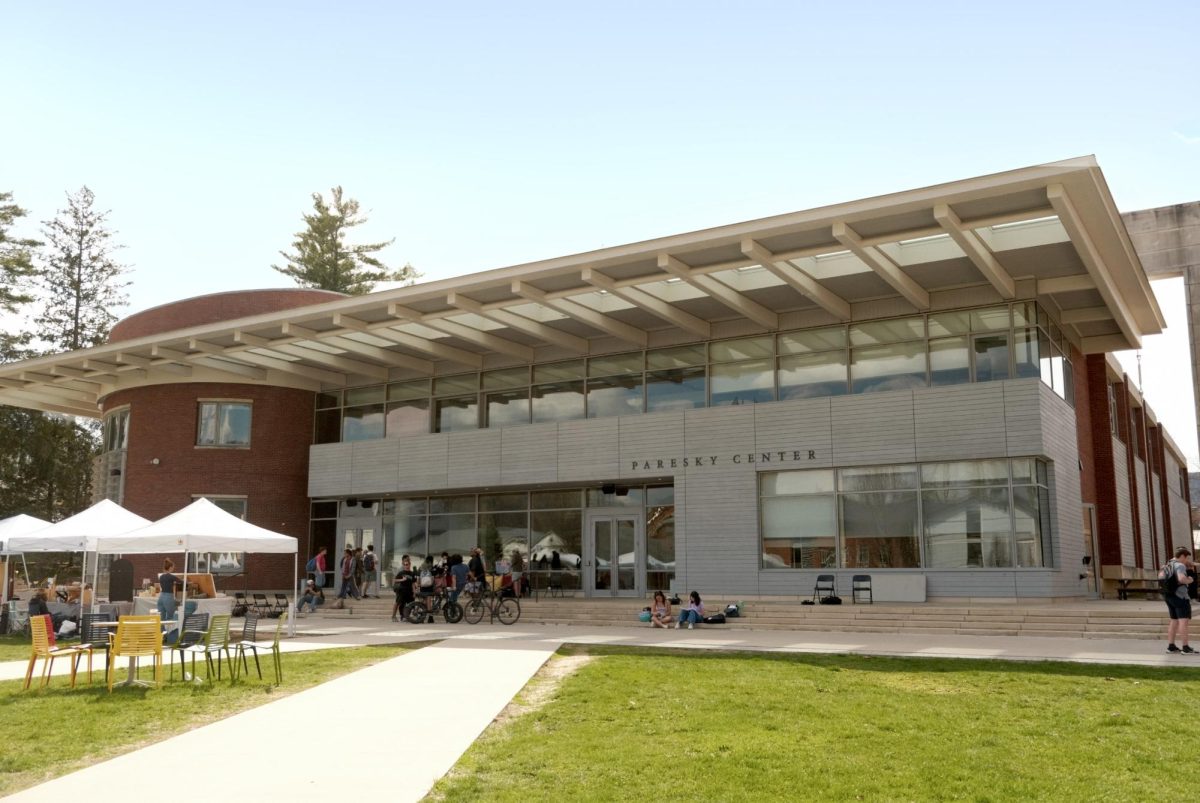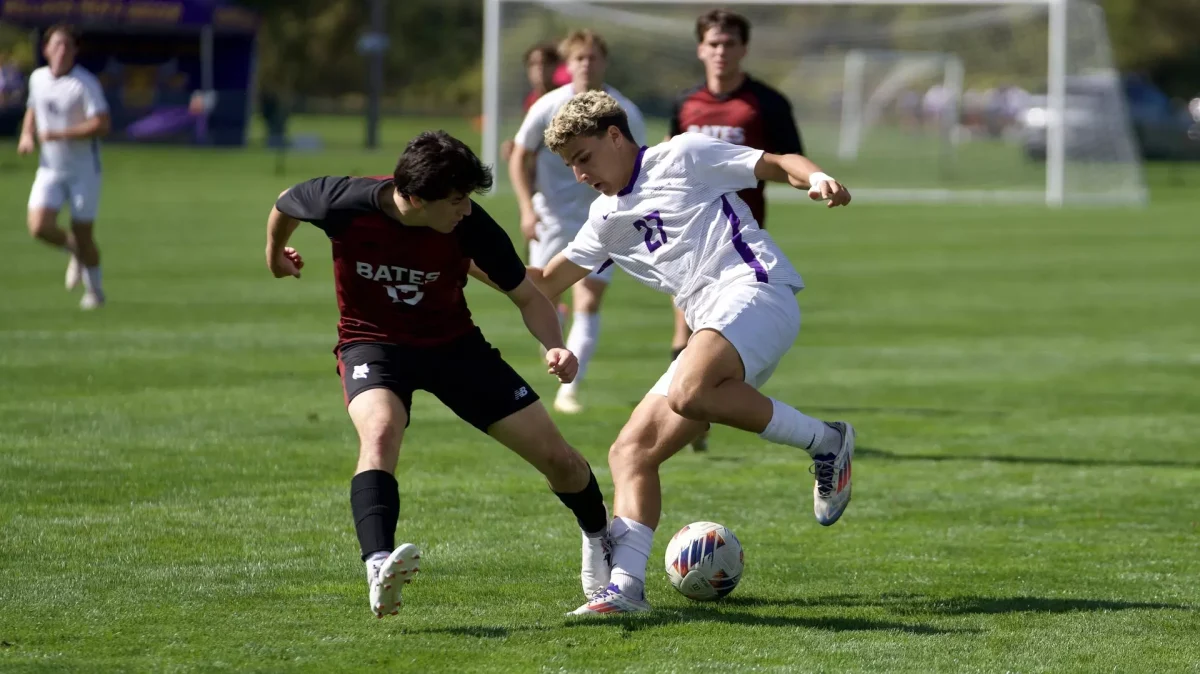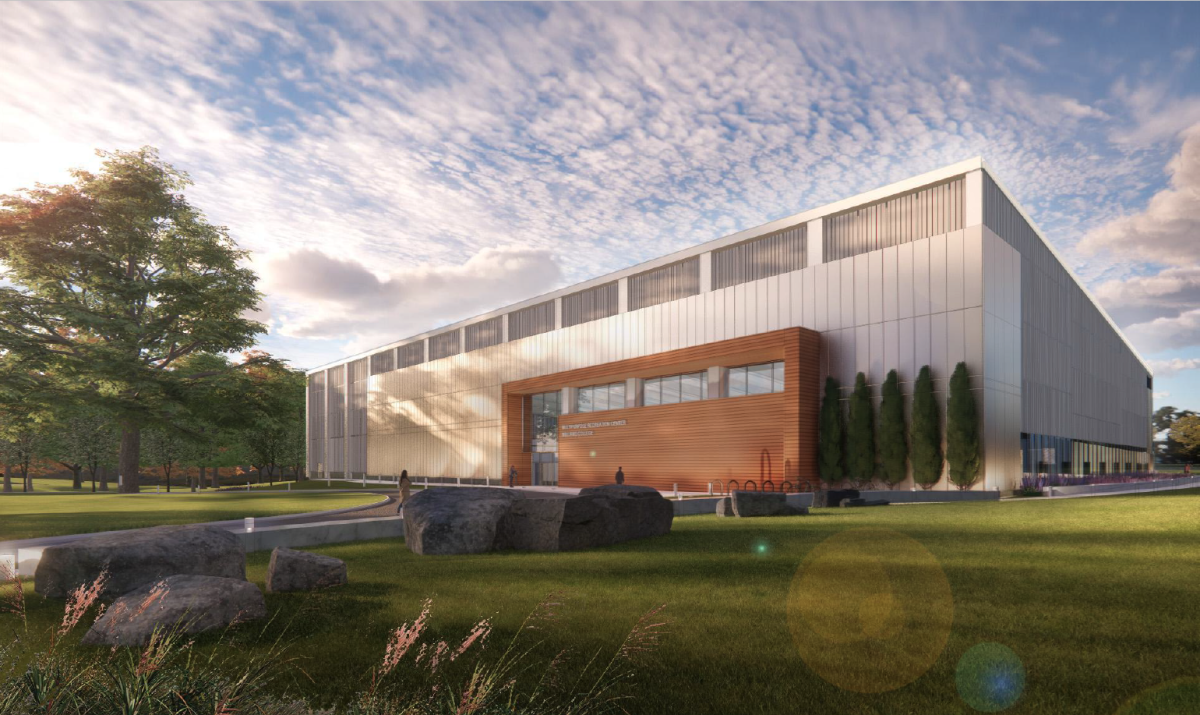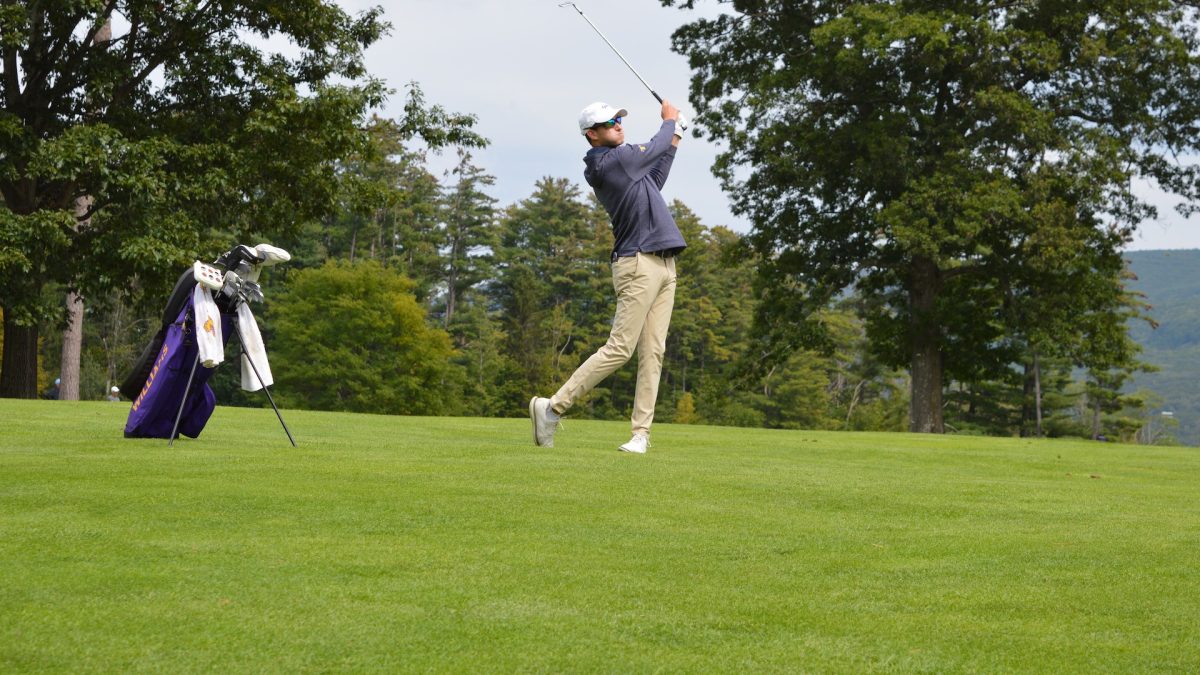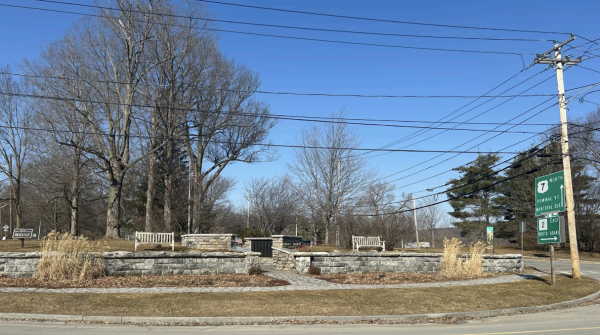
Following the failure of a geothermal test well at the site of the new Williams College Museum of Art (WCMA), the College will continue to explore the use of geothermal energy. The College aims to reduce carbon emissions by 80 percent in accordance with to the Energy and Carbon Master Plan. This is intended to be accomplished by reducing emissions from purchased electricity, College vehicles, and building heating and cooling. Continued efforts will start with a new test well at Weston Field, Assistant Director of Facilities for Energy and Utilities Jason Moran said.
Heating and cooling accounted for about 70 percent of the College’s carbon emissions in fiscal year 2022, according to the College’s emissions report. To meet its emissions reductions goals, the College began drilling geothermal test wells at the new WCMA site this year in an effort to increase the campus’ use of renewable energy for heating and cooling. “Geothermal storage and heat exchange is one of the most efficient ways to heat and cool buildings,” Zilkha Center Director Tanja Srebotnjak told the Record.
Deep geothermal wells harness the planet’s relatively stable temperature to cool water in the summer and warm it in the winter, reducing the need to use fossil fuels, Moran said. Additionally, according to Srebotnjak, they are minimally invasive on account of being located entirely beneath ground, reaching 800 to 1,000 feet below the surface. “On the surface, you would never know it was installed,” Moran said.
Moran explained that during the summer months, warm water is circulated through the length of the well through narrow pipes known as U-bends. The water, he said, is cooled by heat transfer with the more moderate temperatures beneath Earth’s surface. It is then used for air conditioning. Additionally, the warm water “charges” the well, causing the bedrock near the well to store heat. In the winter, cool water is put through the well and is warmed by the earth for use in heating buildings.
Two buildings at the College — graduate student residences Fort Bradshaw and Fellows Hall, located near The Clark Art Institute and the Center for Development Economics, respectively — already each use 10 geothermal wells for heating and cooling.
To build upon the successful construction of these projects, the College sought to build a larger and more efficient district energy system facility at the new WCMA site. “What we were looking at the site for the new museum is the potential to drill a larger well field that would serve multiple buildings,” Srebotnjak said. “There’s an efficiency gain there, from a cost perspective.” Srebotnjak explained that economies of scale arise from having one larger geothermal field rather than building many smaller facilities in each building.
The College began work at the future WCMA site earlier this year. Two test wells were built to assess the site’s potential before the College embarked on its original plan, which included 33 total wells.
The College determined that it could not continue with the planned development at that site because when workers drilled one of the test wells, they encountered unstable bedrock, causing the hole to collapse on itself.
The new WCMA site is located at the intersection of multiple subsurface rock formations, according to Moran, which increases the risk of the bedrock being too unstable to support the equipment necessary for a geothermal well. “We found fractured bedrock, pretty much from 120 feet down to 700 feet, that was causing the hole to constantly collapse on itself,” Moran said. “There was really no way to keep that geothermal drilling [going] and [for the] test well to be stable enough to install the U-bends.”
Despite the College’s inability to develop the WCMA site, it still intends to move forward with geothermal drilling in alternate locations, Moran said.
“Hopefully, in the next month, we’ll be drilling another test well near the Weston Athletic Complex,” he said. “That’s really the only other suitable location for a vertical geothermal test well. We hope that that location is far enough away from the intersection of those two formations that we will find suitable bedrock … but you never know until you do a test well.”
Srebotnjak also mentioned that soil samples from Cole Field showed potential for geothermal drilling, but that such a project would be more complicated than one at Weston Field due to the need to drill horizontally, rather than vertically, in order to avoid contaminating a groundwater aquifer below the site.
“We tried twice at [the WCMA] site, and it didn’t go well enough to allow for geothermal,” Srebotnjak said. “My perspective is: ‘Too bad… What’s next?’ We’re not giving up… Hopefully, the test field at Weston Field will be successful, but one way or another, we will continue to try and decarbonize our own operations.”




